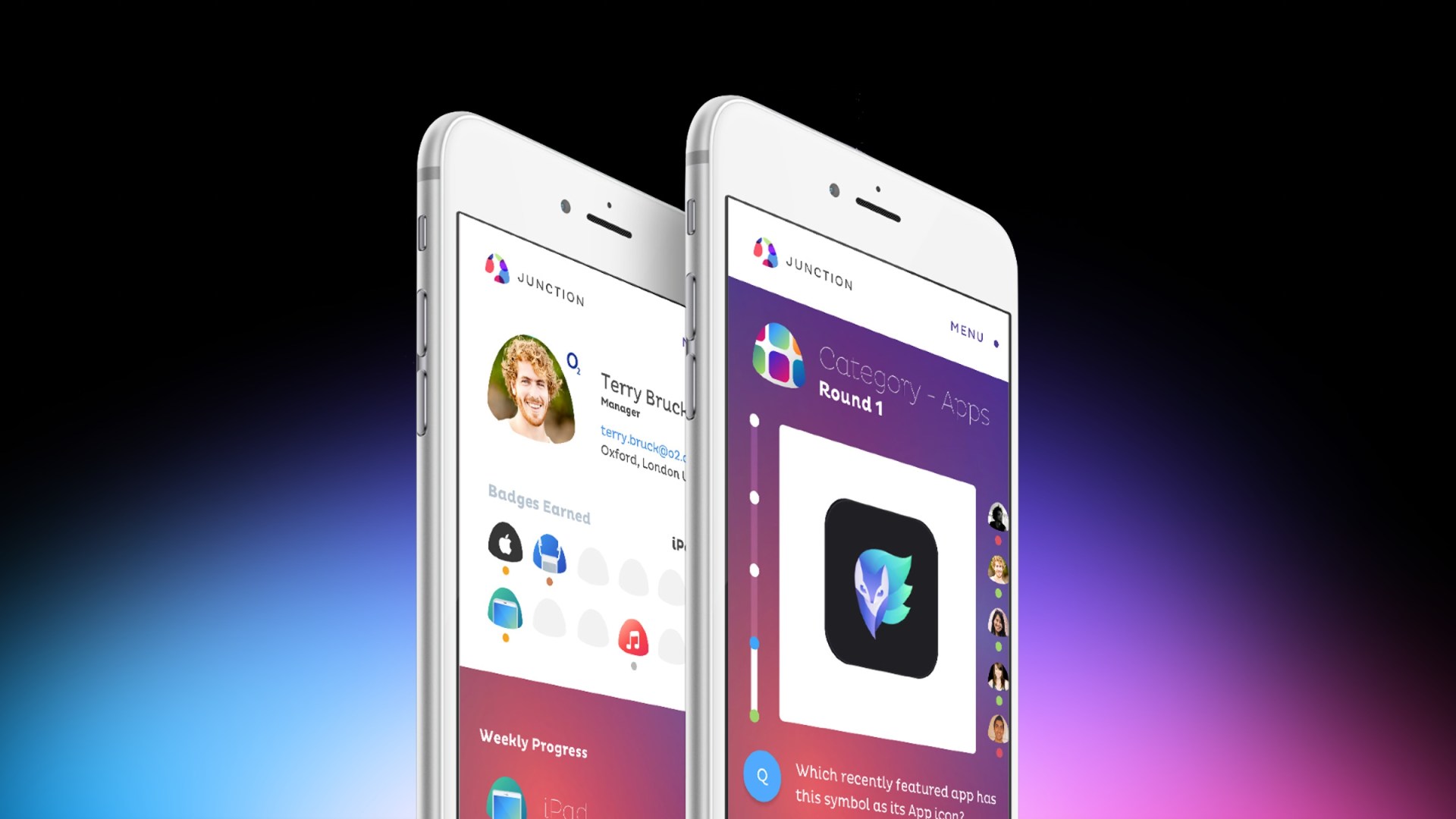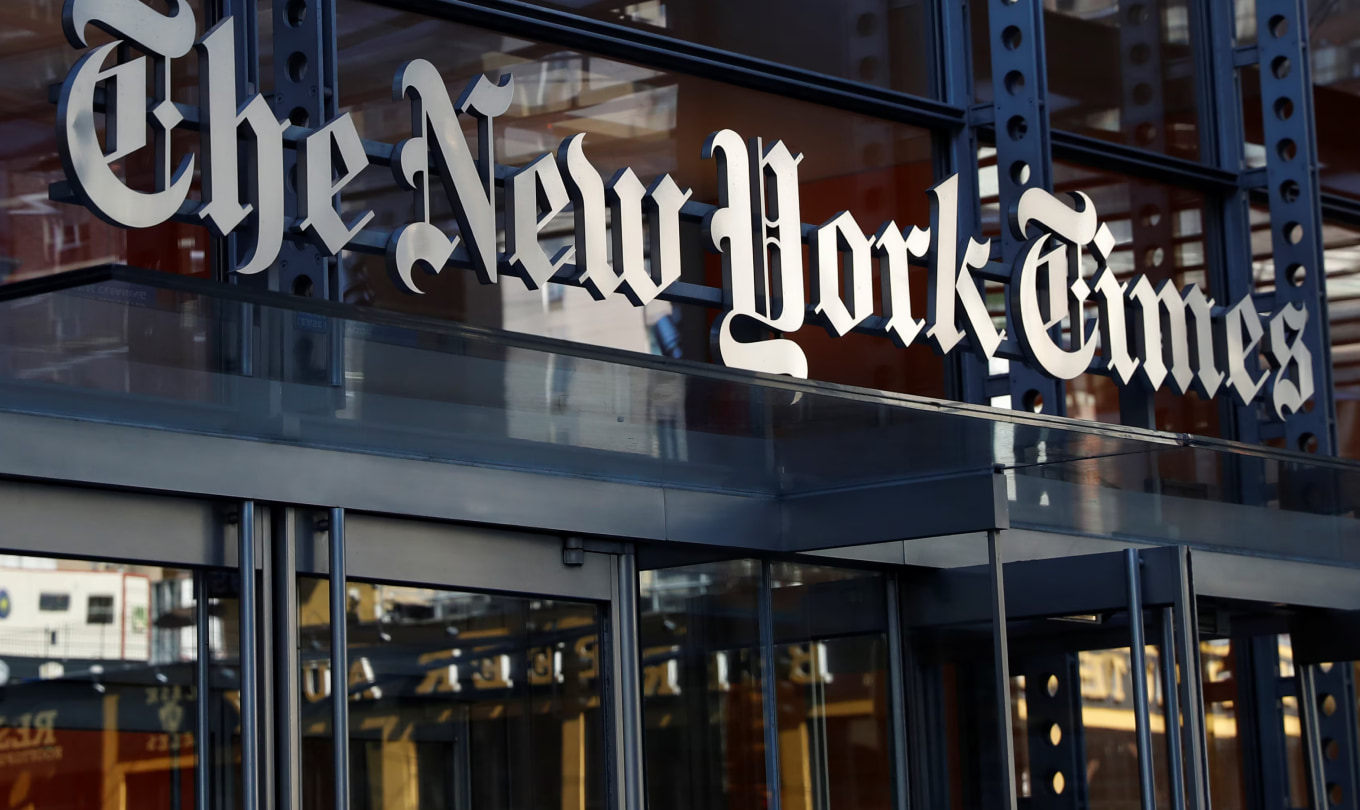We helped Apple grow iPhone sales among EMEA carriers through gamified experiences.
In certain global markets, especially across parts of Eastern Europe and the Middle East, Apple faced a surprising challenge. Many of the third-party retail associates selling iPhones, iPads, and other devices were Android users themselves. Because they lacked personal experience with the Apple ecosystem, they often defaulted to recommending the Android phones they knew best—even when Apple was a great match for the customer’s needs.
Apple turned to Fueled with a challenge and an open question: what kind of experience could shift this dynamic? They weren’t just looking for execution. They needed a partner to help define the strategy. Apple saw in Fueled a kindred spirit—a team known for polished mobile work, award-winning apps, and a reputation for bringing App Store-level craft to every experience. They trusted us to help craft a solution that would feel unmistakably Apple, even if it would run on Android.
Strategic and Technical Challenges
Delivering that experience meant solving on multiple fronts:
- Cross-platform polish: A key requirement was making the app work flawlessly on Android devices of varying quality, delivering a high-fidelity, Apple-like experience on everything from flagship phones to budget models.
- Subtle brand alignment: This internal training tool couldn’t carry official Apple branding. It had to reflect Apple’s values in tone, design, and quality, without overt logos or messaging. That meant designing something that felt Apple without claiming to be Apple.
- Engaging a skeptical audience: The users weren’t Apple employees or superfans. They were indifferent, often skeptical Android users. Winning their attention meant making the app engaging, quick to learn, and rewarding to use.
- Navigating internal standards: The app had to pass through Apple’s internal marketing and design reviews, aligning with Human Interface Guidelines and brand expectations, even without the Apple name on it.
Bringing Apple’s Vision to Life—Without the Logo
Fueled partnered with Apple from the earliest stages, not only to build the app but to help define what it should be. We proposed a gamified training model: one that would let retail staff virtually explore Apple products through interactive challenges, earning points and prizes along the way. The goal wasn’t just familiarity. It was to spark curiosity and aspiration.
Modules simulated iOS experiences, like guiding users through taking a Portrait Mode photo or exploring the iPhone’s interface, on Android screens. These simulations had to be both performant and visually refined, preserving the polish and fluidity expected from any Apple experience.

We designed every screen to reflect Apple’s sensibilities without mimicking them outright. The result was elegant, minimal, and intuitive, refined through tight collaboration with Apple’s internal teams. While prototyping tools were less sophisticated at the time, we followed a more traditional design-first, then build process. The final product drew praise internally, with Apple noting that it “would look at home in the App Store’s Top Games section,” according to internal feedback.
To drive engagement, the app incorporated real incentives: points, leaderboards, and opportunities to win actual Apple gear. But more than just a rewards engine, it told a story—positioning Apple as something to aspire to, not just sell. The more users interacted, the more they wanted to recommend and own Apple products.
Results & Impact
The app rolled out across Apple’s third-party retail network in key regions, giving sales staff a new way to engage with the Apple ecosystem—even without owning a device themselves. It helped equip associates with the familiarity and confidence needed to present Apple as a premium option.
Internally, the project validated Apple’s decision to partner externally. Fueled delivered a training tool that felt deeply on-brand, despite being built for a different platform and audience. It wasn’t just a success. It was a signal that Apple could trust a partner to help define and deliver premium experiences under complex conditions.



